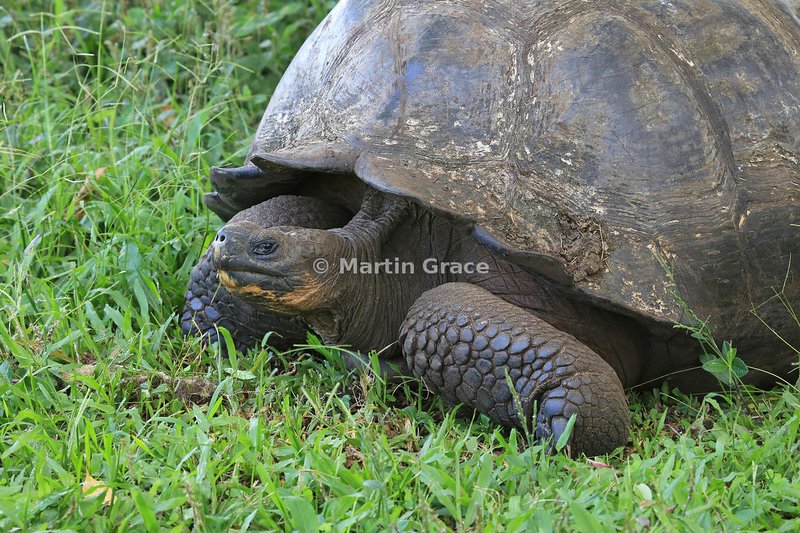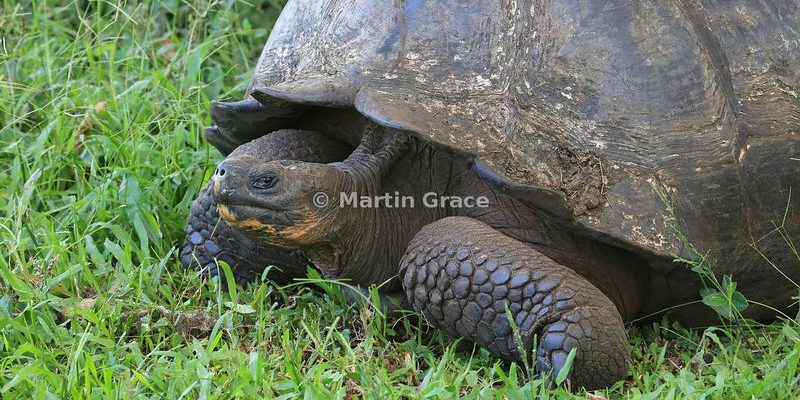
Here’s the thing: knowing how to identify a Galápagos tortoise isn’t just for wildlife enthusiasts or adventurers. It’s a way to connect with nature and appreciate the incredible adaptability of these creatures. So, let’s dive into the delightful world of the Galápagos tortoise, exploring how to spot them and what makes them truly unique.
Understanding the Galápagos Tortoise
The Galápagos tortoise is one of the largest tortoise species in the world, with some individuals weighing over 500 pounds and living for more than a century. Each tortoise has a distinct shell shape, which varies among the different islands of the Galápagos. Some have a domed shape, while others have a saddle-back shell that allows them to reach higher vegetation. This adaptability is a beautiful illustration of Charles Darwin’s theory of evolution!
Not only are these tortoises gigantic, but they also play a critical role in their ecosystem. They help maintain the diversity of plant life by dispersing seeds from the vegetation they consume. Honestly, they are more than just fascinating to look at—they’re essential to the health of their environment.
Physical Characteristics to Look For
When trying to identify a Galápagos tortoise in the wild, pay close attention to their physical features. Here’s what to look for:
- Size: These tortoises can grow to be quite large! An adult can measure anywhere from three to four feet long.
- Shell Shape: As mentioned, the shell shape can vary. A domed shell indicates a tortoise that’s likely from islands with abundant vegetation, while a saddle-backed shell often points to a tortoise from drier areas.
- Color: Their shells usually range from dark brown to light yellow, often with a rugged texture.
- Limbs: They have sturdy, elephant-like legs that help support their hefty bodies, which are quite different from other reptiles.
Each of these characteristics tells a story about where the tortoise has lived and how it has adapted. Keep an eye out; some tortoises may even have distinctive markings on their shells!
Behavioral Traits to Note
Observing the behavior of a Galápagos tortoise can offer further clues about their identity. You might be wondering, what do they do when they’re out and about? Well, here are a few behaviors to keep an eye on:
- Feeding Habits: These creatures are herbivorous and often graze on grasses, cacti, and even leaves. If you spot one munching away, that’s a classic tortoise moment!
- Social Interactions: While they can be solitary, sometimes you’ll see multiple tortoises gathered together, especially during mating season.
- Movement: Galápagos tortoises are generally slow and deliberate in their movements. But don’t be fooled! They can move surprisingly fast when they want to.
Understanding these behaviors can enrich your experience while observing these marvelous tortoises in their natural habitat.
Where to Find Galápagos Tortoises
If you’re planning a trip to the Galápagos Islands, knowing where to look for these tortoises is key. They inhabit a range of environments, from dry scrubs to lush highland areas. Here are some common places to spot them:
- Santa Cruz Island: This island is famous for its tortoise reserves, where you can see them up close in a natural setting.
- Isabela Island: Home to the largest population of Galápagos tortoises, you’re likely to encounter them here, especially in the highlands.
- Española Island: Another great spot for observing these incredible reptiles, particularly during their mating season in December.
Timing your visit can also make all the difference. Early morning or late afternoon is often when you’ll spot these tortoises basking in the sun or slowly moving about.
Conservation Status and Importance
Unfortunately, Galápagos tortoises have faced significant threats over the years, primarily due to human activities, introduced species, and habitat loss. Today, they are listed as endangered. Knowing their conservation status helps you appreciate their plight and the ongoing efforts to protect them.
Conservationists are working hard to revive tortoise populations through breeding programs and habitat restoration. By understanding the challenges they face, you can contribute to their preservation by supporting eco-friendly tourism practices and spreading awareness.
Tips for Ethical Observation
If you’re lucky enough to encounter a Galápagos tortoise in the wild, it’s essential to respect their space. Here are some tips for ethical observation:
- Keep Your Distance: Enjoy watching them from afar. Getting too close can stress the animals and disrupt their behavior.
- Avoid Feeding: While it might be tempting to offer them food, this can harm their diet and habituate them to human interaction.
- Leave No Trace: Be mindful of your surroundings. Take any trash with you, and avoid disturbing their habitat.
By following these guidelines, you can enjoy observing Galápagos tortoises while helping to ensure their wellbeing.
The Joy of Spotting Galápagos Tortoises
When you finally spot a Galápagos tortoise in its natural habitat, it’s like finding a rare gem. These creatures embody a history that stretches back millions of years. Watching them lumber around, understanding their unique features, and appreciating their role in the ecosystem deepens your connection to nature.
In ending, identifying a Galápagos tortoise in the wild goes beyond just recognizing its physical traits. It’s about respecting and understanding the creature as part of a delicate ecosystem. Whether you’re an avid traveler or just curious about wildlife, learning how to identify these tortoises is a rewarding endeavor. So grab your binoculars and head to the Galápagos—you might just find the adventure of a lifetime!

